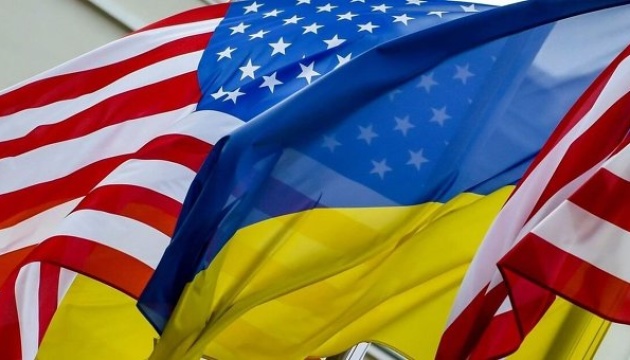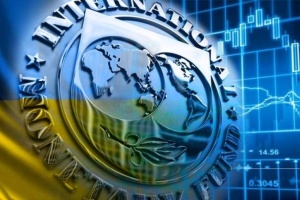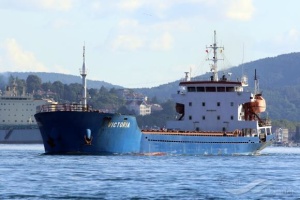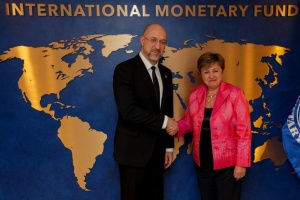
U.S. champions support for Ukraine - study
This is according to the latest analysis by the Ukraine Support Tracker project of Kiel Institute of World Economy, Ukrinform reports.
With additional promises of EUR 36.7 billion in December, the Americans allocated a total of over EUR 73.1 billion to support Ukraine, of which the military component reaches EUR 44.3 billion. The runner-up is the EU structure with EUR 30.3 billion, of which EUR 3.1 is military aid. At the same time, the total military, humanitarian, and financial assistance from the countries of the European Union and European bodies reaches EUR 54.9 billion. Meanwhile, all other states combined provided or pledged help in the amount of EUR 15.5 billion.
In addition to the USA, the largest donors are Great Britain, Germany, Canada, Poland, France, the Netherlands, and Norway. A total of 39 nations are on the list.
In terms of the share of aid to own GDP, the Baltic States and Poland remain leaders. In particular, Estonia spends 1.1% of its gross domestic product on military aid to Ukraine, Latvia gives 1%, Lithuania hands over 0.7%, and Poland offers 0.6%. The fifth comes Bulgaria with 0.4%.
While pledges of humanitarian aid have remained relatively unchanged throughout the year, the share of pledges of financial and military support increased. After a sharp drop in new pledges over the summer, commitments broke records by year-end.
On a bilateral basis, most aid at the state level (government-approved) was provided by the USA, Germany, and Great Britain.
The authors of the analysis note that the deliveries of tanks by European nations and the USA, announced after the meeting of the Ukraine-NATO Contact Group in Ramstein on January 20, are not included in the Ukraine Support Tracker update.
The authors are surprised by the rather small amount of aid and "indecisiveness of the Europeans" in the first year of the war. "This is a strange phenomenon, especially since financial resources can be quickly mobilized. This is evidenced, for example, by the huge amount of funds that EU governments have mobilized to mitigate the energy price shock at home," says Christoph Trebesch, head of the group developing the Ukraine Support Tracker and director of the Kiel Institute's research center. As an example, he cites the fact that Germany alone has announced up to EUR 264 billion in subsidies from January 2022 to cushion rising energy prices for households and businesses, while pledges of support to Ukraine amount to EUR 6.15 billion on bilateral basis plus EUR 7.2 billion indirectly through the EU. This is only about 5 percent of the amount mobilized for energy subsidies, the researcher notes. Other EU countries have also promised large-scale energy packages, on average 10 times the amount they committed to Ukraine.
The Ukraine Support Tracker team also drew historical parallels with previous wars. This shows that the cost of supporting Ukraine is much lower than what Western allies spent in previous conflicts. In particular, the United States spent more than three times as much per year as it did on the war in Afghanistan after 2001 (measured in GDP percentage). Germany's commitment to its allies during the Persian Gulf War of 1990-1991 was more than three times greater than that to Ukraine.
Ukraine Support Tracker examined the 12-month period from January 2022 to mid-January 2023.




